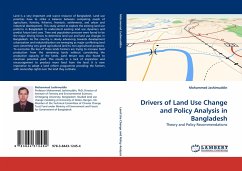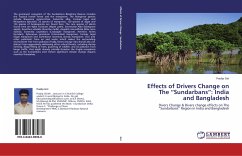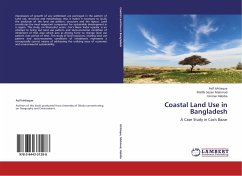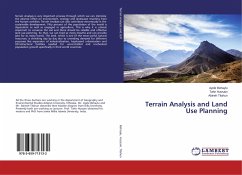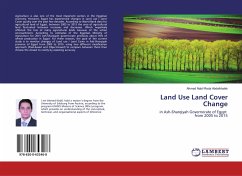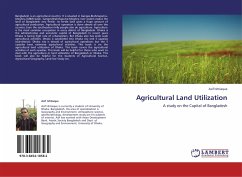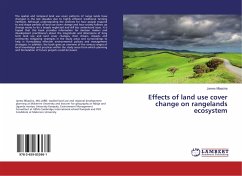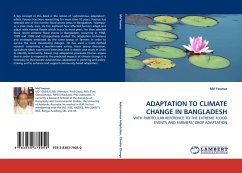Land is a very important and scarce resource of Bangladesh. Land use priorities have to strike a balance between competing needs of agriculture, forestry, fisheries, livestock, settlements, and urban and industrial development. This study aimed to explore the existing land use patterns in Bangladesh to understand existing land use dynamics and predict future land uses. Time and population pressure were found to be the major driving forces to determine land use and land use changes in Bangladesh. As the country is slowly advancing towards development urbanization and industrialization are emerging as major conflicting land uses converting very good agricultural land to non-agricultural purposes. To overcome the loss of these lands farmers are trying to increase food production from the remaining lands without considering the productive capacity of the lands. Land tenure was also found to constrain potential yield. This results in a lack of inspiration and encouragement to produce more food from the land. It is now imperative to adopt a land reform programme providing the farmers with ownership rights over the land they cultivate.
Bitte wählen Sie Ihr Anliegen aus.
Rechnungen
Retourenschein anfordern
Bestellstatus
Storno

